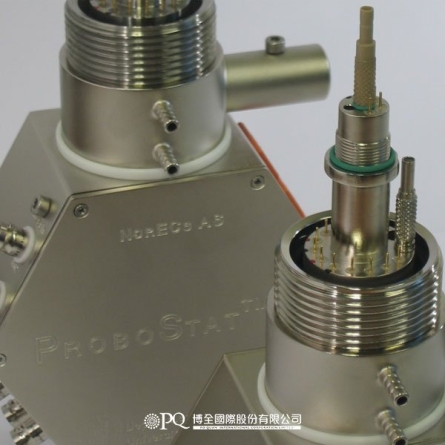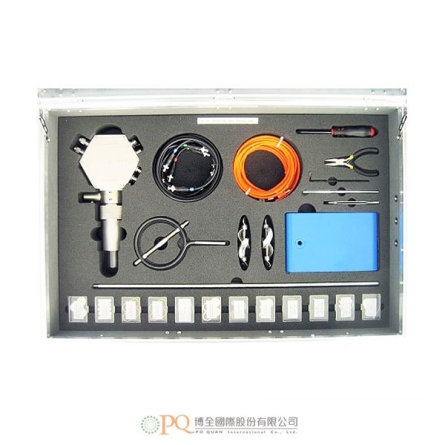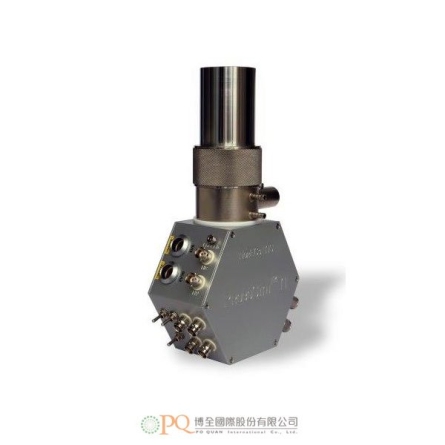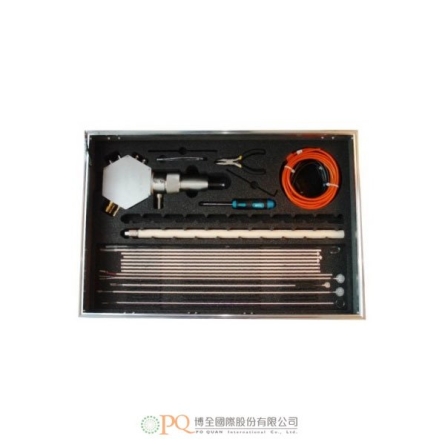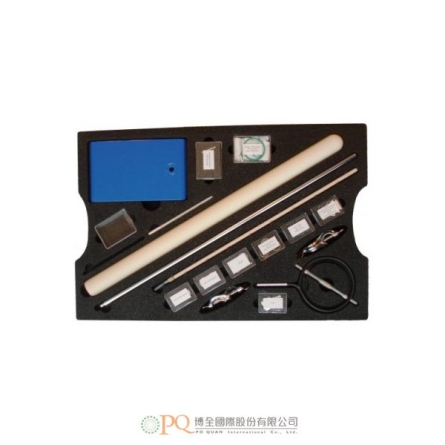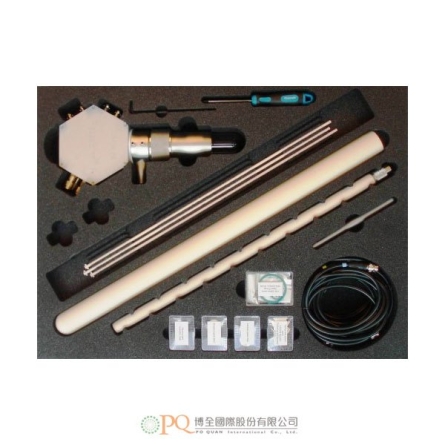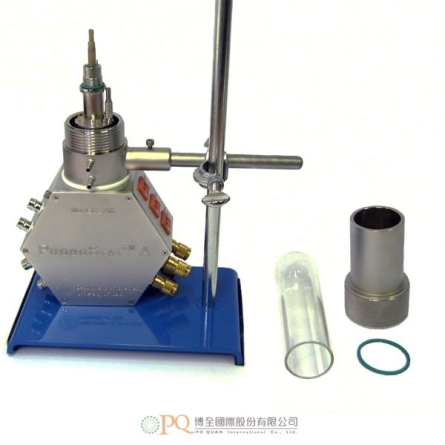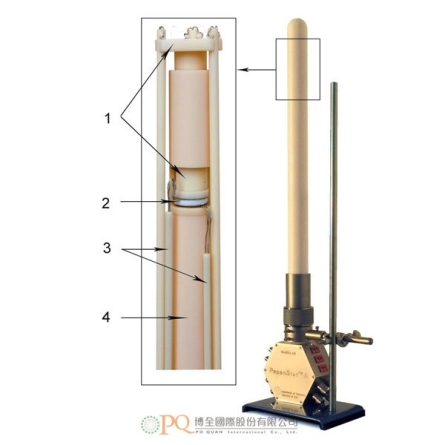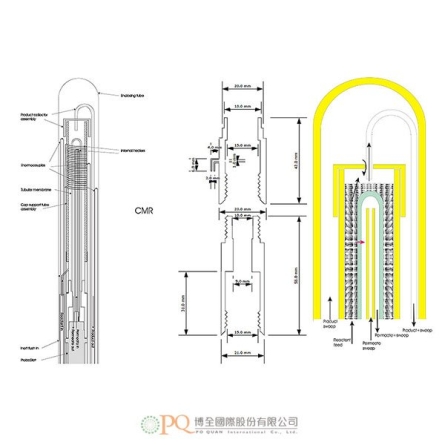選擇品牌


-
 AARONIA AG
AARONIA AG
-
 ADASH
ADASH
-
 Amptek
Amptek
-
 AOiP
AOiP
-
 AstroNova
AstroNova
-
 Automatic Research
Automatic Research
-
 AWSensors
AWSensors
-
 BASI
BASI
-
 BRS
BRS
-
 CALMET
CALMET
-
 CHECKLINE
CHECKLINE
-
 Cmc
Cmc
-
 CTRL
CTRL
-
 DANATRONICS
DANATRONICS
-
 DV Power
DV Power
-
 EA Technology
EA Technology
-
 ECH
ECH
-
 EL-CELL
EL-CELL
-
 Electrothermal
Electrothermal
-
 Elsys
Elsys
-
 ELVEFLOW
ELVEFLOW
-
 Enapter
Enapter
-
 ENERGY SUPPORT
ENERGY SUPPORT
-
 Enervac
Enervac
-
 FASTEC
FASTEC
-
 Gaskatel
Gaskatel
-
 GE
GE
-
 GIUSSANI
GIUSSANI
-
 Globecore
Globecore
-
 GMW
GMW
-
 GREENLIGHT
GREENLIGHT
-
 GRZ
GRZ
-
 HIGH SENSE SOLUTIONSHTW
HIGH SENSE SOLUTIONSHTW
-
 HTW
HTW
-
 HUBER
HUBER
-
 HVPD
HVPD
-
 Ida
Ida
-
 Instytut Fotonowy
Instytut Fotonowy
-
 IVIUM
IVIUM
-
 Jacomex
Jacomex
-
 Jenway
Jenway
-
 JGG
JGG
-
 KEHUA TECH
KEHUA TECH
-
 Labdex
Labdex
-
 Labnics
Labnics
-
 LIQUID
LIQUID
-
 METERTEST
METERTEST
-
 Metrel
Metrel
-
 Microrad
Microrad
-
 micrux
micrux
-
 ndb
ndb
-
 Neware
Neware
-
 Norecs
Norecs
-
 Novocontrol
Novocontrol
-
 OKOndt Group
OKOndt Group
-
 OZM
OZM
-
 Pine Research
Pine Research
-
 Redoxme
Redoxme
-
 SATIR
SATIR
-
 SDT
SDT
-
 Serstech
Serstech
-
 VacCoat
VacCoat
-
 Zurich
Zurich
- AARONIA AG
- ADASH
- Amptek
- AOiP
- AstroNova
- Automatic Research
- AWSensors
- BASI
- BRS
- CALMET
- CHECKLINE
- Cmc
- CTRL
- DANATRONICS
- DV Power
- EA Technology
- ECH
- EL-CELL
- Electrothermal
- Elsys
- ELVEFLOW
- Enapter
- ENERGY SUPPORT
- Enervac
- FASTEC
- Gaskatel
- GE
- GIUSSANI
- Globecore
- GMW
- GREENLIGHT
- GRZ
- HIGH SENSE SOLUTIONSHTW
- HTW
- HUBER
- HVPD
- Ida
- Instytut Fotonowy
- IVIUM
- Jacomex
- Jenway
- JGG
- KEHUA TECH
- Labdex
- Labnics
- LIQUID
- METERTEST
- Metrel
- Microrad
- micrux
- ndb
- Neware
- Norecs
- Novocontrol
- OKOndt Group
- OZM
- Pine Research
- Redoxme
- SATIR
- SDT
- Serstech
- VacCoat
- Zurich
- AARONIA AG
- ADASH
- Amptek
- AOiP
- AstroNova
- Automatic Research
- AWSensors
- BASI
- BRS
- CALMET
- CHECKLINE
- Cmc
- CTRL
- DANATRONICS
- DV Power
- EA Technology
- ECH
- EL-CELL
- Electrothermal
- Elsys
- ELVEFLOW
- Enapter
- ENERGY SUPPORT
- Enervac
- FASTEC
- Gaskatel
- GE
- GIUSSANI
- Globecore
- GMW
- GREENLIGHT
- GRZ
- HIGH SENSE SOLUTIONSHTW
- HTW
- HUBER
- HVPD
- Ida
- Instytut Fotonowy
- IVIUM
- Jacomex
- Jenway
- JGG
- KEHUA TECH
- Labdex
- Labnics
- LIQUID
- METERTEST
- Metrel
- Microrad
- micrux
- ndb
- Neware
- Norecs
- Novocontrol
- OKOndt Group
- OZM
- Pine Research
- Redoxme
- SATIR
- SDT
- Serstech
- VacCoat
- Zurich
燃料電池測試系統
Norecs > Probostat system
-
燃料電池測試系統概要
ProboStat, overviewThe ProboStat™ is a cell for measurements of electrical properties, transport parameters, and kinetics of materials, solid/gas interfaces and electrodes under controlled atmospheres at elevated temperatures up to 1600ºC. The versatile construction and broad range of accessories of the system are based on years of development and experience in the Kofstad/Norby group at the University of Oslo. A ProboStat™ system offers a cost-effective alternative to developing and building your own cell for studies, characterization and testing of inorganic materials, electroceramics, fuel cell components, membrane materials, etc.加入諮詢加入諮詢 -
擴充系統
Extensive System- Disk samples of varying diameters
- Controlled atmospheres and concentration cells
- 2, 3 and 4 electrode setups
- van der Pauw 4-point measurements
- Bar samples (4-point and Seebeck)
- Conductivity, impedance spectroscopy, DC measurements
- Transport number, permeability, etc.
加入諮詢加入諮詢 -
高壓標準系統
High Voltage Normal System- Polarization of dielectrics, breakdown tests, plasma electrodics etc.
- Controlled atmospheres or vacuum
- Tolerate to > 10 kV DC (feedthroughs / base unit only – actual tolerance depends on sample and atmosphere/pressure)
加入諮詢加入諮詢 -
標準系統
Normal SystemIf you need to do electrical characterization at high temperatures and in controlled atmospheres, we suggest a ProboStat™ normal system package. It includes what you need to get started with one method (e.g. 2 and 3-electrode measurements on disks). More methods can be added by adding components later on - the ProboStat™ base unit is ready for them all.加入諮詢加入諮詢 -
標準+系統
Normal Plus SystemSystem contains and does the same as the Normal system, but has more of the vulnerable parts and consumables like spring load alumina tubes and electrode contacts.加入諮詢加入諮詢 -
簡易系統
Minimum System- base unit with all connections and options
- 1 enclosing tube (alumina or fused quartz)
- 1 alumina disk sample support tube
- 1 alumina spring load assembly
- 20 feedthrough contacts for user's making of detachable thermocouples and electrode contacts
- Coax cables, thermocouple plug, and gas quick-connects
- Manual
加入諮詢加入諮詢 -
基本系統
Base Unit SystemThe base unit alone is an option for those who want to make their own accessories and connections from scratch and /or need to reach ultimate low-cost. It may also serve those who want to equip an earlier package with one more unit to increase measurement throughput and make better use of all accessories.加入諮詢加入諮詢 -
交流阻抗架構
ACIS SystemProboStat™ ACIS is a sample holder dedicated for AC conductivity measurements and 2-electrode impedance spectroscopy on small disk samples at high temperatures and under controlled atmospheres. Special design of the hot-zone parts facilitates mounting and replacement of test samples compared with the standard ProboStat™ furnishment. The test sample rests in a support tube, is contacted by electrode connects, and held stably in place with a spring load assembly. The setup is assembled in a single chamber mode and can be fed with virtually any gas. The sample holder is designed to operate at near-atmospheric pressure, but can be pumped to low vacuum, or hold up to 15 bar. Electrical connections are made via standard coax cables.加入諮詢加入諮詢 -
催化膜系統
ProboStat CMR - Catalytic Membrane ReactorDense ceramic or metallic as well as microporous ceramic membranes find potential applications for separating oxygen from air, hydrogen from syngas, and CO2 from flue gas, all of importance in various energy technologies for reduced CO2 emissions from use of fossil fuels. In addition they may be applied in oxidation/reduction or hydrogenation/dehydrogenation processes. They may be used as a standalone membrane (membrane reactor, MR) or in intimate combination with a catalyst (catalytic membrane reactor, CMR). In the latter, the membrane may effectively remove or add a reactant, shifting the thermodynamic equilibrium and thereby the yield and/or selectivity.加入諮詢加入諮詢






